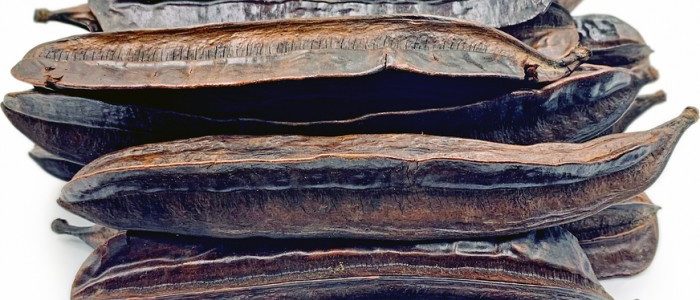
Tetrapleura Tetraptera: Therapeutic benefits Wonders Doer
Tetrapleura Tetraptera: Therapeutic benefits of aridan on human health are enormous, find out the main substances of this fruit in seconds.
Would you like to make an appointment with the doctor in charge for more advice or information on tetraptera, please CONTACT us
To make enquiry of wonders doer, please e-mail us.
Tetrapleura Tetraptera: Therapeutic benefits Wonders Doer
Tetrapleura tetraptera is from the family and a species of flowering plant in the pea family native of Western Africa. The plant is called Prekese (or, more correctly, Prɛkɛsɛ aka Soup Perfume) in the Twi language of Ghana. It is also called Uhio (Uhiokrihio) in the Igbo Language of Nigeria.
The tree has many uses. Its sweet fragrance is valued, its fruit is used to spice dishes, such as Banga soup, and its bark is used for supposed medicinal purposes. The major constituents are tannins, flavonoids and starch. It is mostly used to prepare palm nut soup and other types of soups called light soup because of it aroma.
Tetrapleura Tetraptera Substances and Composition
The chemical composition of Tetrapleura tetraptera, used traditionally as a spice and in African folk medicine, was determined. The proximate composition (%) based on dry weight was ash (3.17 to 3.48); crude protein (5.13 to 8.65); sugar (3.29 to 39.63); and starch (7.56 to 29.10). The mineral content (mg/kg) based on dry weight was Fe (29.69 to 65.06); Zn (5.35 to 25.16); Cu (4.00 to 12.54); Mg (392.35 to 2951.28); Mn (16.23 to 178.91); Na (119.48 to 2364.93); Ca (1348.63 to 13839.86); K (8631.09 to 14881.00); and B (1.14 to 6.23). The sugar, starch, Zn, Cu, Mg, Mn, Na, Ca; and K contents were different in different sections of the fruit (p < 0 .05). The phytochemicals (mg/100 g) based on dry weight were total polyphenol (38.05 to 2907.15); flavonoid (10.30 to 410.75); saponin (60.80 to 953.40); tannin (135.50 to 1097.50); and phytate (1021.00 to 5170.00). The phytochemical composition in the fruits was generally high and comparable to other commonly used spices, indicating the potential use of T. tetraptera as a source of these phytochemicals in traditional medicine.
Keywords: folk medicine, phytate, phytochemicals, spice, tannin, total polyphenols,
